NOTE: Due to the severe differences between standard single-player JRPGs and MMORPGs in terms of gameplay, storytelling, scope, and so much more, Final Fantasy XI and Final Fantasy XIV have been omitted from this ranking. This list includes all other main numbered games and their sequels. Also spoiler warnings for some very old games ahead.
15) Final Fantasy II (1988)

Credit where credit’s due – Final Fantasy II tried shaking up the RPG formula by taking away the traditional leveling up system and doing something new. The problem was that the resulting system allowed you to essentially break the game and grind to godly levels of power in the very first part of the game if you had the patience. Truth be told, as this was only the second game in the franchise, there wasn’t exactly fatigue or stigma surrounding the gain-experience-and-level-up system present in the first.
Multiple series staples were introduced here like chocobos and Cid, and following the lackluster story of the first game, it was nice to have character with names and purpose, but that’s about all the worthwhile stuff to come of it. Final Fantasy II is undoubtedly the weakest title in the series, by a fairly wide margin.
14) Final Fantasy (1987)

Looking back to the nearly 30-year old game, it’s not difficult to see the parallels between Final Fantasy and nearly every new iteration since. This is where we were introduced to black and white mages. It was the first story of the crystals, and the warriors of light who protect them. This is where it all began.
Sadly, there’s not much more to say about it. While it should rightfully be praised for being the first, the game isn’t exactly engaging nowadays. The antagonist is your typical “Bad Man Wants to Rule the World” villain, and all four playable characters are faceless, nameless pawns. They have zero back story or character development. All you know is that they are meant to save the world, and that’s just what they do. In fact the entire plot could be summed up in a single paragraph, but it’s so forgettable that even such a summary is difficult to recall without looking up the synopsis online. This game was the start of something special, to be sure, but it would take a few more entries for the series to really find its stride.
13) Final Fantasy III (1990)

Final Fantasy III can really easily be summed up as Final Fantasy Plus. While the second game smartly decided to give your player characters names and tales to tell, the third went back a step and gave you four clones just like in the first. The reason it’s so much better than either of its predecessors is because FFIII introduces the job system. It’s not as advanced or deep a system as can be seen in later entries like FFV or FFX-2, but its introduction is noteworthy regardless.
The pacing is also much better than before, as the story moves swiftly along without much need to stop and endlessly grind. Unfortunately it’s still a bit boring overall thanks to the main protagonists being nameless duplicates of each other and having no personal stories to tell (putting aside the lazy backstories they were given in the 2006 DS remake). Aside from the job system, this game also introduced series mainstays like summons and moogles, and as such should rightly be remembered. All things considered however, the entire game is pretty forgettable.
Oh, and the difficulty spike when you reach the final boss is completely, unrelentingly brutal. Minimal grinding needed throughout the entire game, then several hours of dedicated grinding required just for the last fight of the game is no way to wrap things up.
12) Final Fantasy XIII (2009)

Regardless of what the majority of franchise fans may claim, Final Fantasy XIII is a Final Fantasy game in the truest sense. It features bold new gameplay, a unique story with dynamic characters, and graphics that push the boundaries of its time. Having said that, most of the new aspects brought forth just didn’t work as well as they could have.
The plot is genuinely interesting, but 90% of what you need to understand it is hidden behind walls of Datalog text that you’ll easily spend several hours reading through by the time you reach the game’s end. Then there’s the dynamic new Paradigm Shift battle system. Clever and interesting if you can get the hang of it, but if you don’t pick it up quick, you’ll have a hard time once the difficulty spikes later on in the game.
Then of course there’s the total shift in gameplay from previous titles. Often called a “hallway simulator,” in Final Fantasy XIII you walk from one end of a corridor to the other, killing everything in between with no room to deviate, grind, or take on side quests. There’s an open world with a bunch of extra missions at about the 20-hour mark, but most of those are knock-offs of Final Fantasy XII’s hunting quests, and the rest are pretty lacking in content. This is an absolutely beautiful game with just a bit too much wasted potential.
11) Final Fantasy XII (2006)

Final Fantasy XII is the closest you’ll get to playing a single-player MMO, whatever that’s worth. The open world with roaming enemies and the hunt side-quests that you find on a notice board both feel very much inspired by its predecessor Final Fantasy XI, and for those who prefer to play their RPGs alone, this is a welcome return to form after the online-only entry.
The political drama of FFXII is an incredibly welcome change of pace from the ever-prevalent romance angle seen in FFX, FFIX, and FFVIII, and the gameplay feels like a natural evolution in the series. Most of the main characters are all genuinely interesting to follow and learn more about, whether that be the “leading man” Balthier to the princess Ashe who is long thought dead by her kingdom, they all have importance in the story.
The game severely falters with its pacing, however. The first few chapters move along nice and smooth, but after about ten hours you find yourself walking around more than Frodo and Samwise on their way to Mordor. The maps you must traverse to each new destination are massive, and often upon reaching a new area you’ll need to just wander and grind for a couple hours before feeling confident enough to move on. Final Fantasy XII has a lot of good going for it, but that horrible pacing does it no favors.
10) Lightning Returns: Final Fantasy XIII (2013)

As the third part of a trilogy, Lightning Returns: Final Fantasy XIII should have been the best and most refined entry of all three. Rather than focusing on and further polishing the already established elements from its predecessors to make something marvelous however, Lightning Returns went its own way, for better and for worse.
On the plus side, the combat system is incredibly customizable and simply wonderful. Unfortunately the game has a doomsday clock, similar to The Legend of Zelda: Majora’s Mask, that gives players some anxiety as to whether or not they should rush through the game. This causes a fair bit of discomfort alongside the game’s confusing plot. While the game, outside of battle, is littered with frame rate drops and some awkwardly low-quality textures, it still proves to be a good game. The potential for excellence was there, but was sadly squandered.
9) Final Fantasy X-2 (2003)

Final Fantasy X-2 was the first direct sequel to a Final Fantasy game, and to this day it remains one of the most divisive titles in the entire series. Fans were elated to see where Yuna’s life took her following the depressing finale of FFX, but when the opening cutscene showed her ditching the traditional summoner’s robes and staff in favor of a pair of pistols and shorts, many fans were shocked.
If you stick with it though, you’re treated to an amazingly immersive take on the job system in the form of Dresspheres, which allows you to try out several different classes as well as enjoy a diverse range of unique outfits. Not only that, but Yuna and Tidus’ parallel to Lenne and Shuyin, and the story that unfolds on both sides, is every bit the worthy follow-up to FFX.
It’s just too bad the entire game was filled with awkward and cringe-worthy moments that take away from the more substantial, emotional bits. There’s the forced Charlie’s Angels take on the main party, the out-of-place musical numbers, and of course, the infamous massage mini-game.
8) Final Fantasy XIII-2 (2011)

By the time Final Fantasy XIII-2 was released, many players were a bit turned off at the prospect of playing a sequel to a game with plenty of questionable features. This is a shame though, because XIII-2 introduced some fantastic ideas, making for arguably one of the best numbered Final Fantasy titles of recent years.
One of the most interesting new mechanics was the ability to capture monsters and recruit them onto your team as the third party member. You can then customize your monster with adornments and train them until they’re powerful enough to kick ass in battle.
It did pull a Back to the Future Part 2 though, and got a much more convoluted plot as a result of intense back-and-forth time travel playing a major role in the plot. As a whole however, Final Fantasy XIII-2 proved itself to be the best of the XIII trilogy thanks to its added puzzles, secret bosses, coliseum battles, and its phenomenal soundtrack.
7) Final Fantasy IV (1991)

Final Fantasy IV was the first game in the series on an upgraded system, and everything about it is better than the three games that precede it. The sprites were prettier, more detailed, and still hold up today. The characters were more full of depth, and the story took you all the way to the moon. It was such an incredible leap forward for the franchise, and is highly regarded as the beginning of the greats.
However, a major place where FFIV falters is its plethora of red herring “deaths.” All too often would you be stuck in a corner with no way out, only to have a trusted ally sacrifice themselves so you could escape. So many “noble and heroic deaths” happen by the end that you become desensitized to it, and you just don’t care anymore. Then suddenly at the end-game, nearly everyone has miraculously returned to aid you once more, thus negating any emotional goodbyes you may have had to deal with.
Even so, the character arcs in FFIV are remarkably well executed: Cecil and Kain’s redemption; Rydia’s grief and growth; Tellah’s loss; Golbez’s twist. Character depth (or the lack of it) can make or break a RPG, and Final Fantasy IV is the first time the series really gets them all right.
6) Final Fantasy VIII (1999)

While Final Fantasy VII was the first game in the series with polygons, Final Fantasy VIII was the first to really take advantage of the then-new technology. For the first time the characters and world looked relatively proportionate, and the cutscenes were just stunning. Heck, they still hold up well today. Who could ever forget the iconic dance between Squall and Rinoa, or that awesome opening cinematic set to Liberi Fatali?
The battle system is divisive, with the Draw mechanic allowing the player to potentially break the game simply by grinding low-level battles and drawing all the magic you want. Likewise, enemy levels scale to your team’s, so if you run away from every fight you’ll find yourself with an insanely underwhelming and easy string of boss fights at the end of the game. It may make for fun speed runs, but it doesn’t come off as particularly well thought-out. This game also has the issue of the ever-changing villain. Is your real enemy Sorceress Edea? Or is it Ultimecia? Wait, it might actually be Adel. Who really knows? And what’s with the whole “we all knew each other when we were kids but conveniently forgot because the Guardian Forces screwed up our memories” deus ex machina?
Final Fantasy VIII may have some inconsistencies with the plot, but it really pushed the series forward in a lot of ways. Plus with all the wild fan theories out there that are still widely discussed and debated to this day, 17 years later, the staying power and legacy of FFVIII is obvious.
5) Final Fantasy V (1992)

Since Final Fantasy V never made its way stateside during the SNES era like FFIV and FFVI did, many fans of the franchise missed out on it. Rest assured that its lack of localization in the early days should not be mistaken for a lack of quality.
Final Fantasy III introduced something wonderful with the job system, but it was in need of much refining. FFV took the idea and expanded upon it greatly, allowing you to not only shift between jobs throughout the game and learn new abilities, but also letting you take a couple abilities that you’ve learned to equip and use at any time, no matter your current position. You could have a Dragoon who could Cure, a Black Mage who could steal, or White Mage who could counter-attack. The depth of this job system was staggering for 1992, and is still impressive today.
Another great point is the limited amount of characters. While a large cast like what is seen in FFIV or FFVI has its merits, you often don’t get to know everyone very well. The central cast of Bartz, Lenna, Faris, Galuf, and Krile allows each member to have ample time in the spotlight, letting the player learn their backstories and truly appreciate them. It makes the death of one of them in the middle of the game incredibly emotional and difficult to take, not unlike Aerith in FFVII. It’s almost surprising how impactful that particular scene is.
4) Final Fantasy VI (1994)

Final Fantasy VI was a game changer for the series. For starters, the devious clown Kefka is arguably the most legitimately evil villain in Final Fantasy not just at the time of FFVI’s release, but even now, more than 20 years later. Right from the get-go you know he’s a bad dude, and his dark side only continues to grow throughout the game, to the point where he destroys half the world and leaves the rest in ruins. He is no one’s puppet, and is in fact the one pulling so many strings throughout the game. There’s no surprise reveal at the end of some random higher being; it’s all Kefka.
Also, of course, the playable cast helps to make FFVI the memorable masterpiece that it is. Terra may be the official face of Final Fantasy VI, but at least half of the primary cast all feel like main character material in their own rights. Their stories are all so deep and meaningful, and stick with you long after you expect to forget them.
3) Final Fantasy X (2001)

To say Final Fantasy X made waves when it released would be a severe understatement. It was the first game in the series to feature full voice acting, and the world of Spira was more immersive and beautiful than anything that had come before it, thanks to the power of the PlayStation 2. The soundtrack, the people, the landscapes; everything about this game was stunning, and that beauty only increased with the recent HD remaster.
Looks will only get you so far though, so it’s important to note that Yuna’s pilgrimage to defeat Sin remains one of the most beloved stories yet told in any video game, not just of those in the Final Fantasy family.
Additionally, the battle system takes the tried and true turn-based mechanic and throws a wrench in it, allowing you to freely swap out party members in the heat of battle. It’s an absolutely wonderful piece of game design, and one that would be great to see in more RPGs. And while the Sphere Grid takes some getting used to, once you’ve played with it a little, you have the opportunity to branch out your characters’ specialties immensely, allowing for some really unique and powerful builds capable of felling any foe.
2) Final Fantasy VII (1997)

What is there to say about Final Fantasy VII that hasn’t already been said thousands of times before? This is the game that brought Final Fantasy into a more modern world, both in-game and in real life. In the real world, this was the first game in the franchise to forgo pixels and sprites in favor of the much more impressive polygons and 3D models. In-game there’s still the magic, comically big swords, and talking animals, but there are also cell phones, televisions, and motorcycles. Gone are the kingdoms and castles in favor of greedy corporations and mad scientists.
FFVII also marked the introduction to JRPGs for a great many gamers, catapulting the genre from a small, niche market in the west, to one of the most successful and most wanted. This wasn’t just a video game, it was a revolution that defined many childhoods.
It’s not just the legacy of the game that makes it great. There would be no legacy without a quality game at its core, and a lot went into making Final Fantasy VII great. There’s the intuitive materia system; the meaningful optional characters who actually brought more to the story; the massive variety of legitimately fun side quests; the love triangle that ended in tragedy; the demented, disturbed, iconic antagonist in Sephiroth; this list could go on and on.
If nothing else, the fact that FFVII is getting remade from the ground up with a modern game engine and high definition graphics nearly 20 years after its original release is enough of a testament to the game’s past, present, and future achievements.
1) Final Fantasy IX (2000)

This is it, the creme of the crop. Final Fantasy IX is the culmination of everything that came before it, and the standard to which modern Final Fantasy titles should strive.
What starts off as an amusing romp with a rag-tag pack of thieves turns into a fantastic story that covers all the bases. It is witty and light-hearted while also managing some incredibly dark and dramatic moments beautifully. The love story within is top-notch too, and not just made for hopeless romantics. Unlike Squall and Rinoa’s forced relationship in FFVIII, or Cloud settling for Tifa because the other girl got killed, Zidane and Garnet’s relationship feels organic and real. They laugh, cry, fight together, and grow closer until they finally throw away all doubts in the most satisfying way at the end.
More than any of that is the way FFIX brings together all the best pieces of the series to date. Every single numbered Final Fantasy title that came before it gets an homage of some sort. Whether it’s Ramuh telling the story of Josef from Final Fantasy II, Cloud’s Buster Sword hanging on the wall of a weapon shop, or Garland making a reappearance from the very first game, there’s a nice shout out to them all.
From the stage show “I Want to Be Your Canary,” which bookends the entire game, to the extravagant battle between Bahamut and Alexander, to the heartfelt stories of the black mages and summoners, and everything in between. Final Fantasy IX knows how to make you laugh, and it knows how to make you cry. The pacing is near perfect, the story sublime, and the cast of characters rich and diverse. Any game more fit to be called the best Final Fantasy has not yet been made.

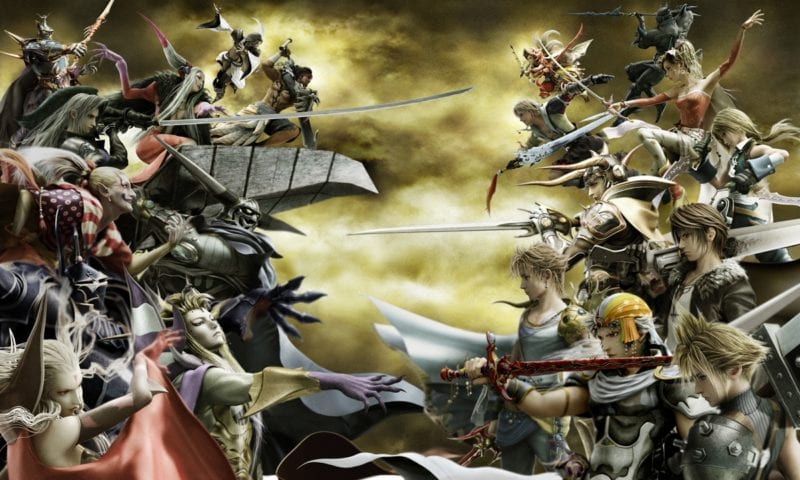



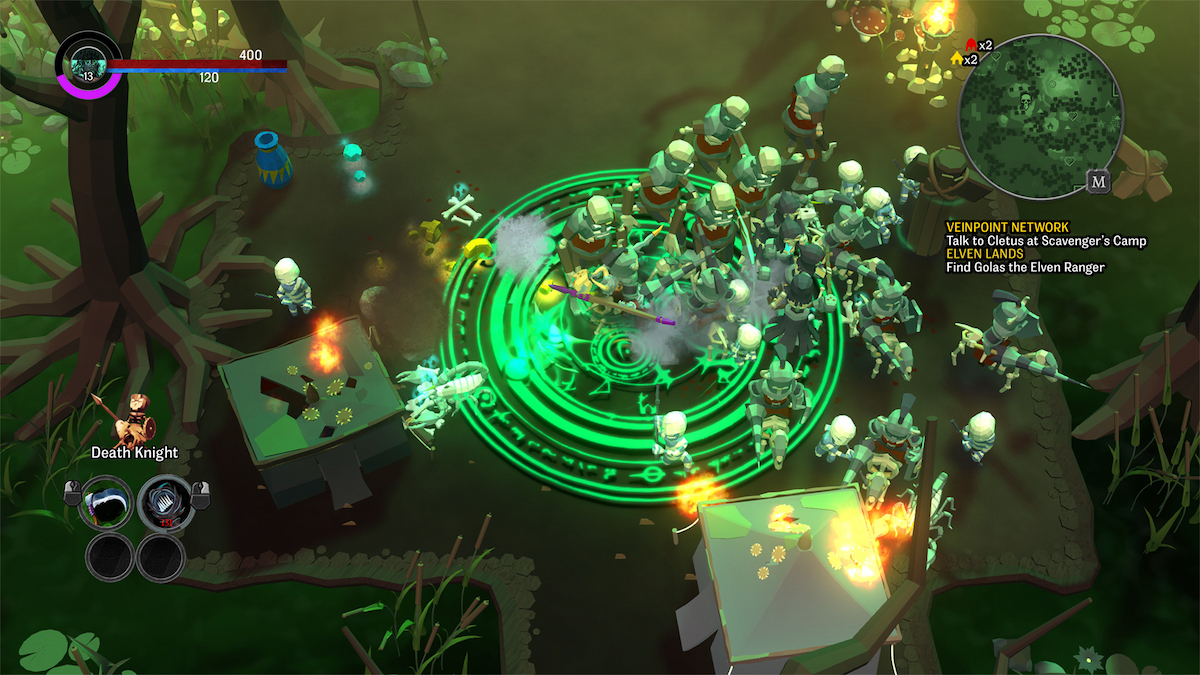

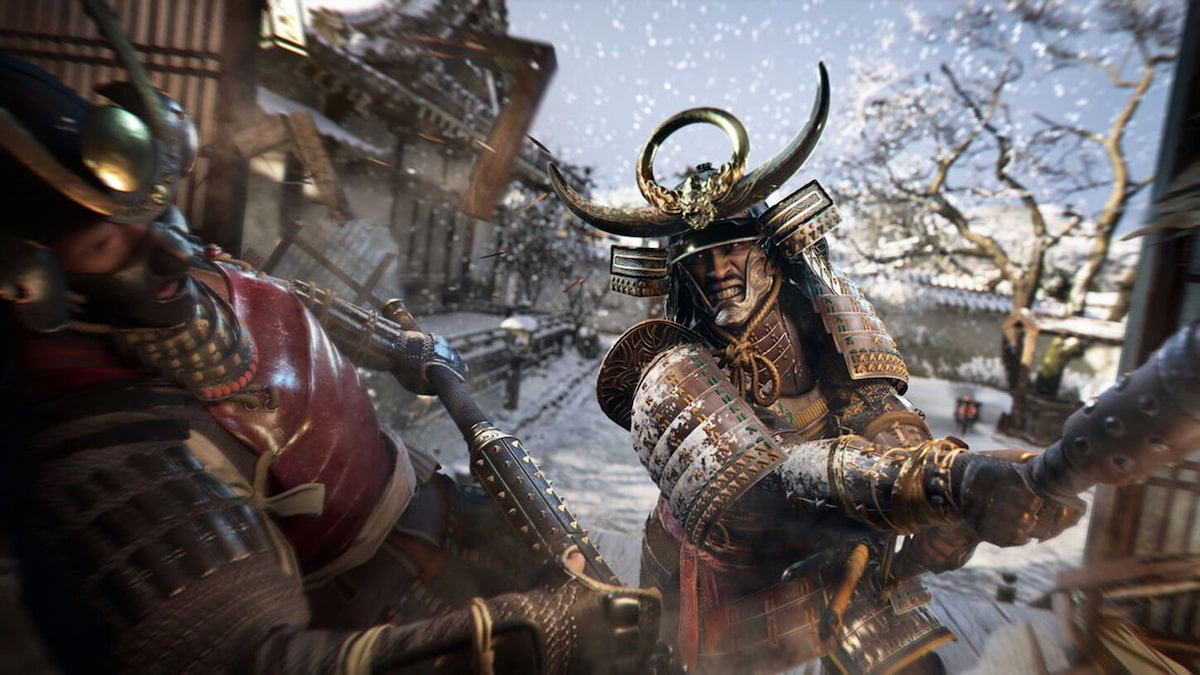

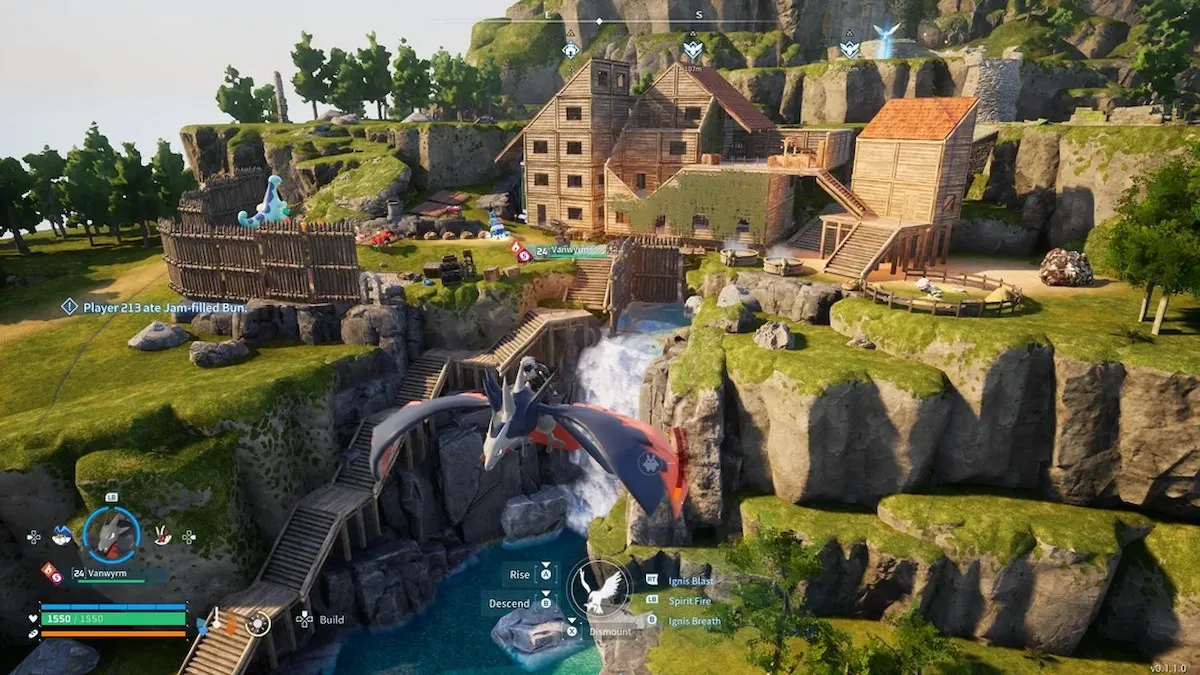


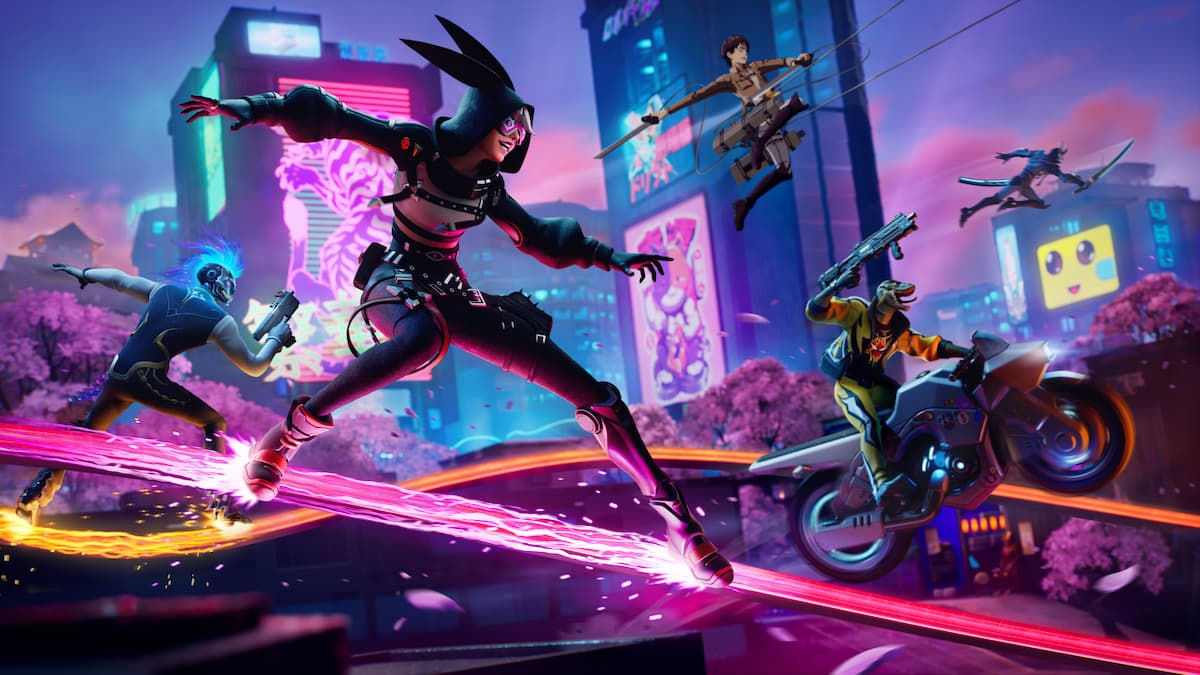
Updated: Jan 26, 2016 12:59 pm